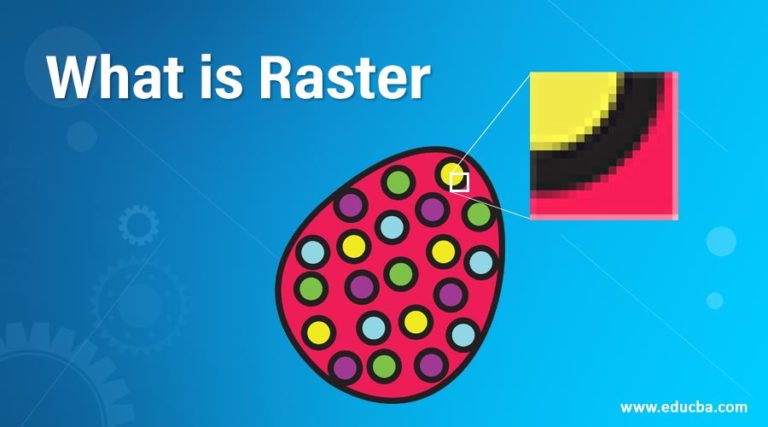

#Another term for raster graphics is software
Also, editing a vector image require special software such as illustrator but this is not true in case of raster graphics. In Digital Graphics it is easier to convert a vector graphic into a raster graphics but it is a time consuming process for converting a raster to a vector image. On the other hand, Raster file sizes are defined by their dpi or ppi, having fixed widths and heights, which makes them much heavier while containing less information.

In addition to that they carry a lot of information in a relatively small file size format (compared to the same file size of a raster image format). The high efficiency of their file sizes makes them much more convenient to transfer them from one device to another. Vector images are quite lighter than their Raster images because their dimensions are defined by mathematical calculations and not by millions of pixels. The logo of Burger King shows the flexibility between Vector & Raster Graphics. On the contrary, you need a particular size of a raster format to achieve a certain quality. You can use them for various marketing needs you’ll be facing in the future, either print, or web. For example, a vector logo is a reliable source from which you can create rasters in different sizes. This makes them perfect for multipurpose projects requiring flexibility in the image size. Vector graphics can be resized numerously without losing quality. Every time you resize a vector image, its lines, curves and nodes are recalculated, so the result image remains sharp and clear. Vector graphics, on the other hand, are made up of plenty of paths, mathematically defined in terms of ratios, proportions, width, height and other dimensions.

If you don’t want a bitmap image to lose its quality, you can only scale it down.But the more you expand it, the more blurred it becomes. The resolution of the raster graphics is formed by millions of square pixels, dots per inch (dpi) or pixels per inch (ppi), so their size is always a fixed value. In comparison to it, a vector version of the same illustrated next to the raster doesn’t change its quality no matter the size. In the following illustration you will see a raster image which loses quality when enlarged. Let’s illustrate it for you, so you can better see the difference. In contrast, Raster (or bitmap) images get blurry and pixelated once you examine them from a close-up. Vector images don’t lose their sharpness and clarity, no matter to what extend or how many times you change their size. The first property that will help you define whether a certain image is in vector or raster format, is scalability. Surely, there are some properties with which we can have a clear perspective to understand the Raster and Vector Graphics. One can also think of some of the properties that make a difference between the two. dx is a combination of image formed by making use of sequential commands or mathematical statements or programs which place lines or shapes in a 2-D or 3-D environment. A raster graphic, such as a gif or jpeg, is an array of pixels of various colors, which together form an image whereas a vector graphic, such as. The main difference between raster and vector graphics is that raster graphics are composed of pixels, while vector graphics are composed of paths.


 0 kommentar(er)
0 kommentar(er)
